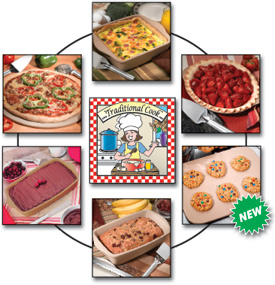| Home
About
A Health Perspective
My Story
My WAPF Chapter
Disclaimer
Foods That Restore This I Believe Articles and More Email Me Follow My Blogs |
 |
Product, Pricing & Buy 5 Unique Reasons to Buy Recipes |
| Follow my health giving blog posts
at "Tips From The Traditional Cook". |
| Home
About
A Health Perspective
My Story
My WAPF Chapter
Disclaimer
Foods That Restore This I Believe Articles and More Email Me Follow My Blogs |
|

 Written by Maria Atwood
Written by Maria Atwood